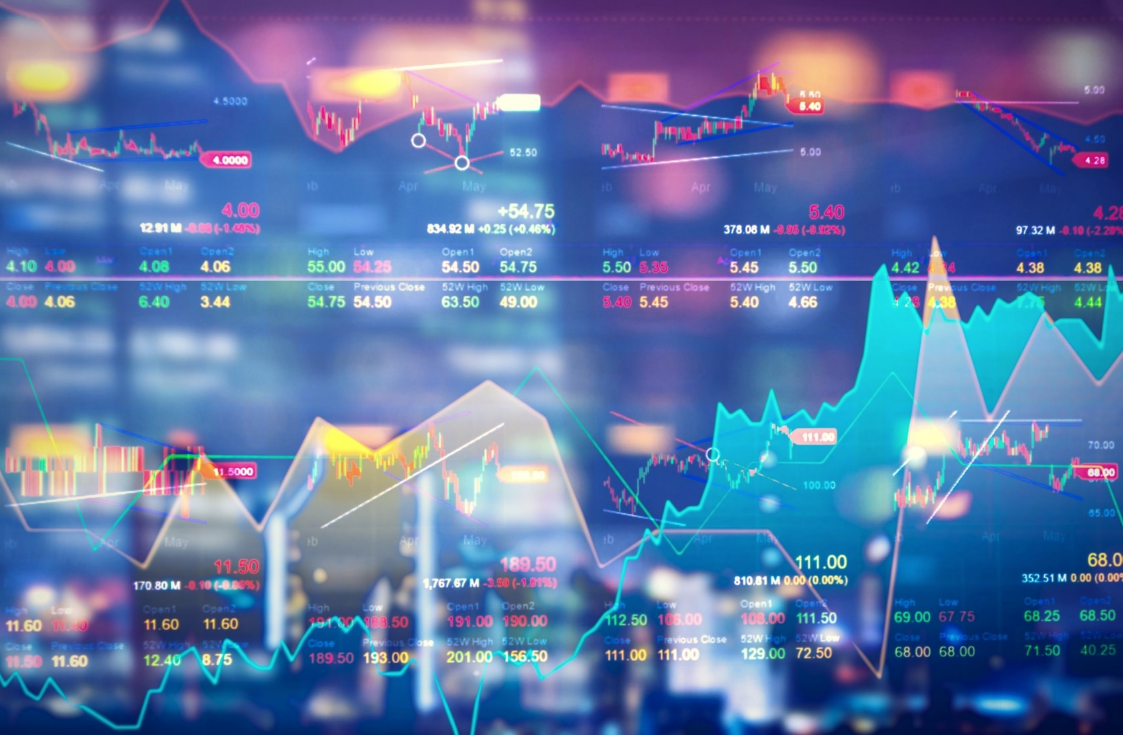BSP to keep focus on supporting growth despite inflation risks

THE BANGKO SENTRAL ng Pilipinas (BSP) will keep its support for economic recovery, but assured it will act to address inflation risks when needed amid the volatility caused by Russia’s invasion of Ukraine.
“The BSP remains focused on preserving monetary policy support as sustaining the economic recovery remains a priority,” BSP Governor Benjamin E. Diokno said in a statement sent to reporters via Viber.
“At the same time, the BSP stands ready to respond to potential second-round effects arising from elevated inflation that can disanchor inflation expectations in keeping with our price and financial stability mandates,” he added.
The Monetary Board raised its inflation forecast for the year to 3.7% from 3.4%, previously. This is still within the BSP’s 2-4% target range. Mr. Diokno earlier warned that the increase in oil prices could cause inflation to breach the target in the second quarter before slowing again in the next six months.
Aside from oil, the BSP said the Russia-Ukraine crisis may push wheat prices to rise, as both countries are major exporters of the commodity.
“The ongoing conflict could also cloud prospects for global trade and investment, as uncertainty spills over into financial markets through higher volatility and weaker market confidence,” Mr. Diokno said.
The BSP called on the National Government to implement measures that will address the inflation risks and threats to economic recovery caused by the ongoing war in Eastern Europe. It noted that easing restrictions will allow more economic activities and boost market confidence.
Economic managers on Monday recommended to President Rodrigo R. Duterte that the entire country be shifted to Alert Level 1 to help strengthen the domestic economy.
The BSP will have its next policy review on March 24. It kept rates steady last month, citing the need to keep supporting economic recovery.
Economic managers target 7-9% growth this year after a 5.6% growth in 2021.
OIL PRICES TO HIT GROWTHMeanwhile, economic growth may be slashed by 100 basis points (bps) if fuel prices continue to surge, as elevated inflation could hit consumers and businesses still reeling from the pandemic, according to ANZ Research.
In a report published on Thursday, ANZ Southeast Asia and India Chief Economist Sanjay Mathur and economist Krystal Tan warned that the supply shock comes at a time when economies are still recovering from the crisis. They said this could also worsen inflation dynamics in the region.
Given oil imports of the Philippines is equivalent to 3.3% of the gross domestic product (GDP), the ANZ analysis showed that a 10%, 20%, and 30% increase in fuel prices could reduce economic growth by 33 bps, 67 bps, and 100 bps, respectively. The percentage increase is relative to the 2021 average Brent crude price of $71.
“As Indonesia and Malaysia are net energy exporters, they stand to gain from higher prices via stronger terms of trade. By contrast, Thailand is the worst impacted, followed by India and the Philippines,” ANZ said.
While fiscal parameters have significantly deteriorated from the pandemic, ANZ Research said ensuring assistance to affected sectors will be key to mitigate the spillover impact of the Ukraine crisis.
“There is also some scope to reallocate development spending towards subsidies, particularly in India and the Philippines where significant increases in development spending have been budgeted for 2022,” it said.
ANZ said the accommodative stance of central banks in the region can still be maintained, depending on the extent that fiscal authorities will be able to address the situation.
“The more inflation can be managed, the greater should be the ability of central banks to focus on growth,” it said.
The Philippine government has vowed to release fuel subsidies for the transport and agriculture sector amid the surging prices. It is also reviewing petitions seeking to raise the minimum fare for public utility vehicles.
On the other hand, inflation could still fall within the central bank’s target range this year as oil price surges driven by Russia’s invasion of Ukraine pose minimal pressures on recovery, think tank Pantheon Macroeconomics said.
“The spike in oil prices and consequent increase in futures look severe, on the surface,” Pantheon Senior Asia Economist Miguel Chanco said in a note on Thursday. “But we’d still need to see bigger gains for transport inflation to flirt with the 2021 peak.”
Transport inflation could add just 0.2 percentage point to headline inflation, he said, noting a possible peak in May.
Mr. Chanco, however, said it is too soon to say that inflation will threaten Philippine consumption. Household spending slipped by just 2% month on month during the Omicron-driven surge in coronavirus cases in January, he said.
Pantheon raised its inflation estimate for 2022 to 3.5% from the previous 2.8% after assessing commodity prices.
“But this still broadly represents a slowdown from last year’s 3.9% print,” Mr. Chanco said. This also falls within the BSP target range
Although the war between two of the largest wheat exporters pushed up global prices, the surge is unlikely to add much pressure to a country that mostly eats rice as staple food.
“The reassuring news for the BSP is that rice accounts for the lion’s share of the starch in Filipino diets, making up for 72% of the weight of ‘cereal and cereal products’ in the CPI (consumer price index) basket,” Mr. Chanco said.
Higher wheat prices, however, could still drive prices of pork higher because the cereal grain is used as a substitute for corn in feed.
John Paolo R. Rivera, Asian Institute of Management economist, said the country has yet to see the impact of the crisis on commodities other than oil. He noted the war may have medium- to long-term impact on prices, with the consequences worsening if the crisis is not resolved soon.
“As oil prices continue to surge, all other sectors dependent on oil would react significantly that will reinforce inflation further. Consider also that the economy is opening up from closures during the pandemic. Both demand pull and cost push inflation are in action,” he said.
Although it is too early to assess if average inflation this year will stay within the central bank target, Mr. Rivera said it would likely be on the higher end, unless tempered by monetary policy.
“Also, it’s election season. We have relatively spiked inflation during such period due to election spending that boost demand pull inflation,” he said. The national election is scheduled on May 9.
Rizal Commercial Banking Corp. Chief Economist Michael L. Ricafort said on Viber that the risk of second-round inflation effects could be triggered if higher transport fares and wages lead to more price increases.
He said this could lead to stagflation — or high inflation rate combined with slow economic growth — “amid fragile economic recovery as the country is still reeling from the adverse economic effects of the COVID-19 pandemic.” — Luz Wendy T. Noble and Jenina P. Ibañez




